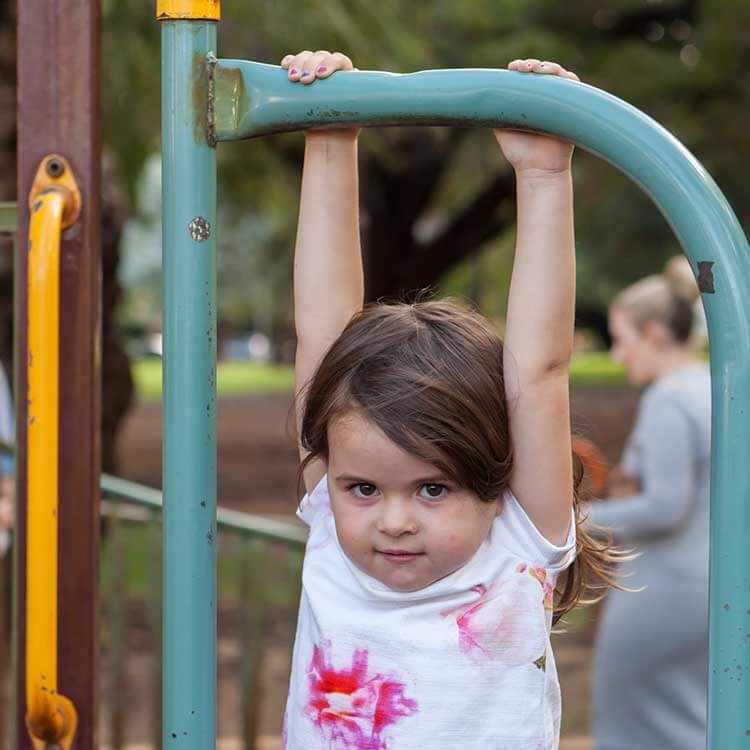Search
Research
Cystic FibrosisCystic fibrosis (CF) is the most common chronic, life-shortening genetic condition affecting young Australians. There is no cure but researchers are working to prevent the onset of lung disease.
Research
Cyanide in bronchoalveolar lavage is not diagnostic for Pseudomonas aeruginosa in children with cystic fibrosisWe investigated whether cyanide in bronchoalveolar lavage (BAL) fluid could be used as an early diagnostic biomarker of infection in kids with cystic fibrosis
Research
Innate inflammatory responses of pediatric cystic fibrosis airway epithelial cells: Effects of nonviral and viral stimulationThere is controversy regarding whether cystic fibrosis (CF) airway epithelial cells (AECs) are intrinsically proinflammatory.
Research
Monocytes from children with clinically stable cystic fibrosis show enhanced expression of Toll-like receptor 4Lung disease in patients with cystic fibrosis (CF) is characterized by recurrent bacterial respiratory infections and intense airway inflammation.
Research
Lung function testing in preschool-aged children with cystic fibrosis in the clinical settingThis study investigated the nature and prevalence of atypical pain responses in Rett syndrome and their relationships with specific MECP2 mutations.

The Airway Epithelial Research Team is investigating the role of the epithelium in the development of airway diseases including asthma, cystic fibrosis and lung transplant rejection.
Research
Parental experiences of early pulmonary surveillance for children with cystic fibrosis: A research proposal for improved family psychosocial outcomesThe proposed study intends to explore parental experiences, including coping, related to their child's involvement in the early surveillance program.
Research
Progress in Model Systems of Cystic Fibrosis Mucosal Inflammation to Understand Aberrant Neutrophil ActivityHere we examine the latest findings of neutrophils in pediatric CF lung disease and proposed mechanisms of their pathogenicity
Research
Interleukin-1 is associated with inflammation and structural lung disease in young children with cystic fibrosisOur data associates IL-1α with early structural lung damage in CF and suggests this pathway as a novel anti-inflammatory target
Research
Single-breath washout and association with structural lung disease in children with cystic fibrosisAcinar ventilation inhomogeneity measured by single-breath washout was not associated with structural lung disease on CT
